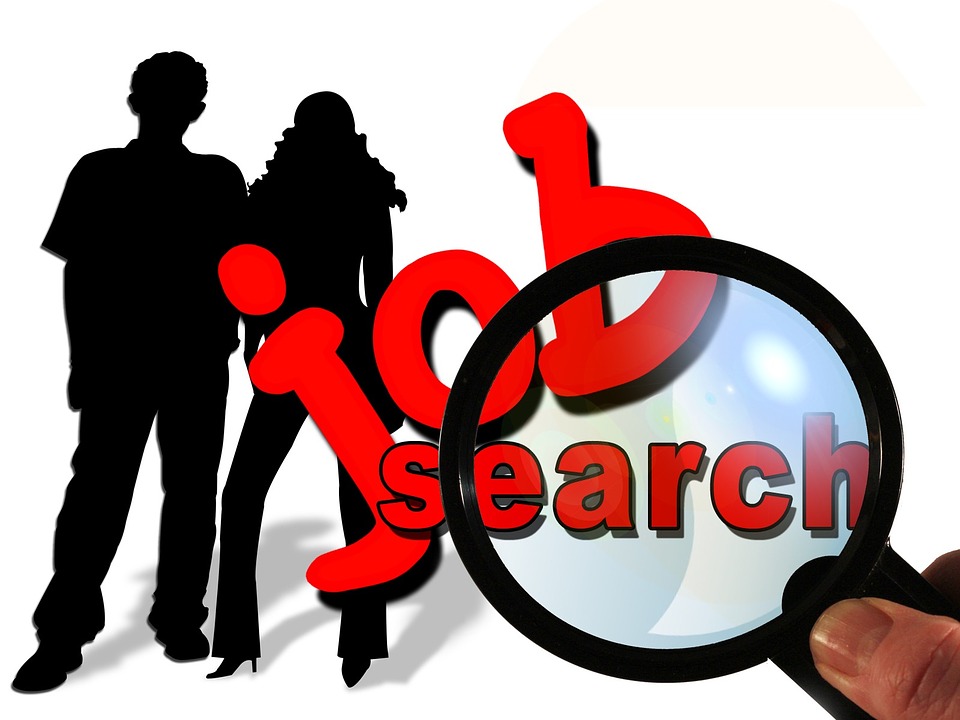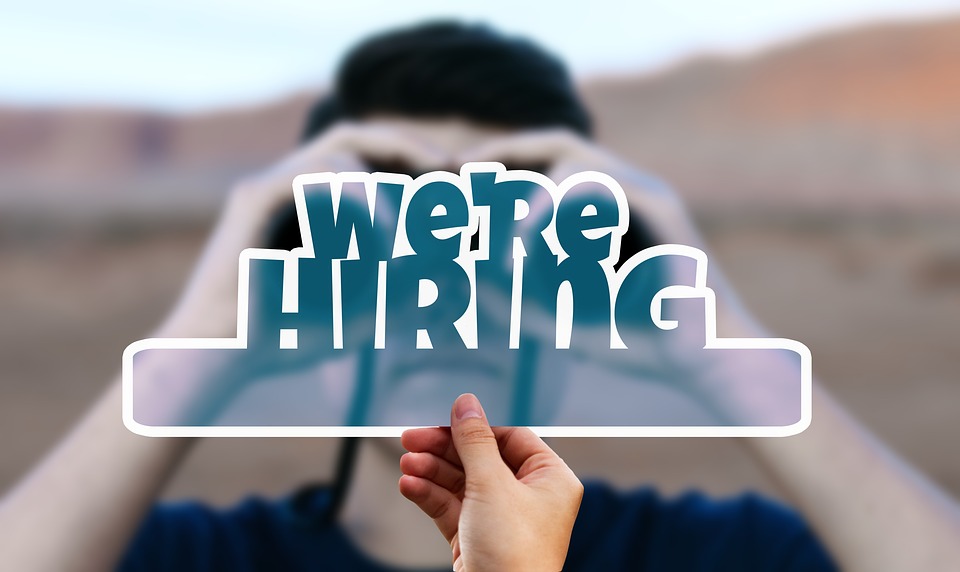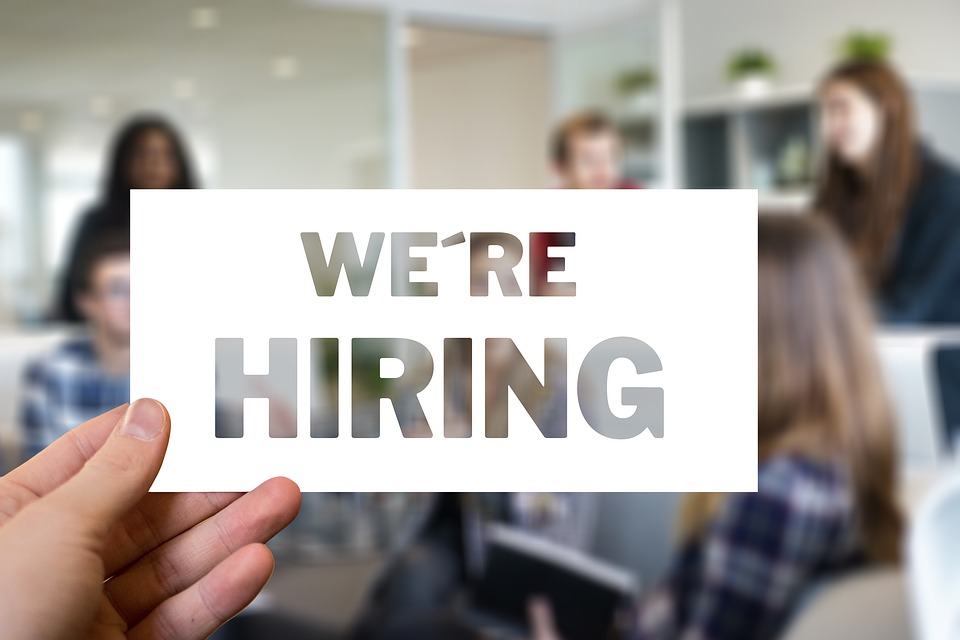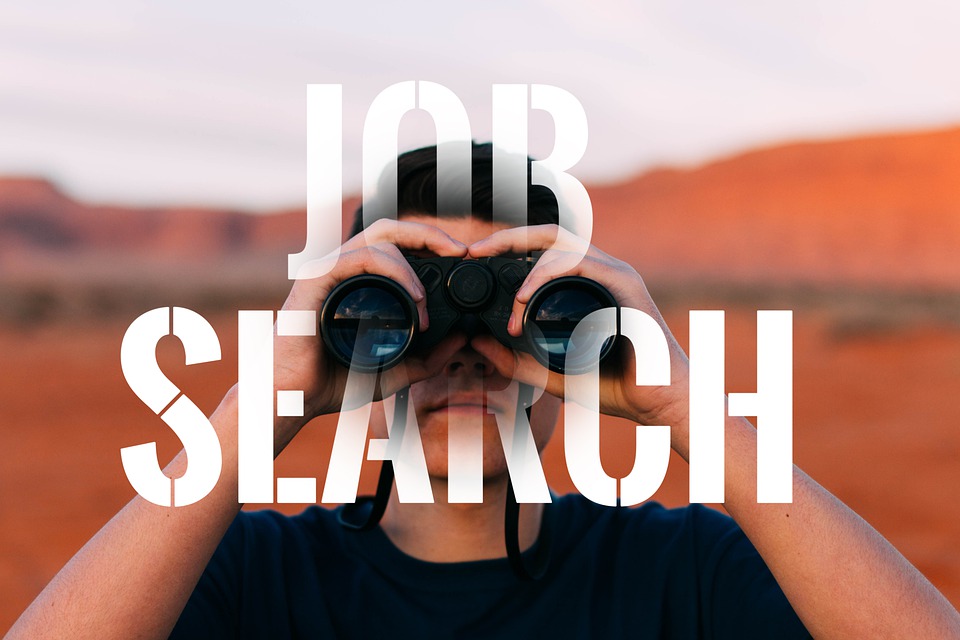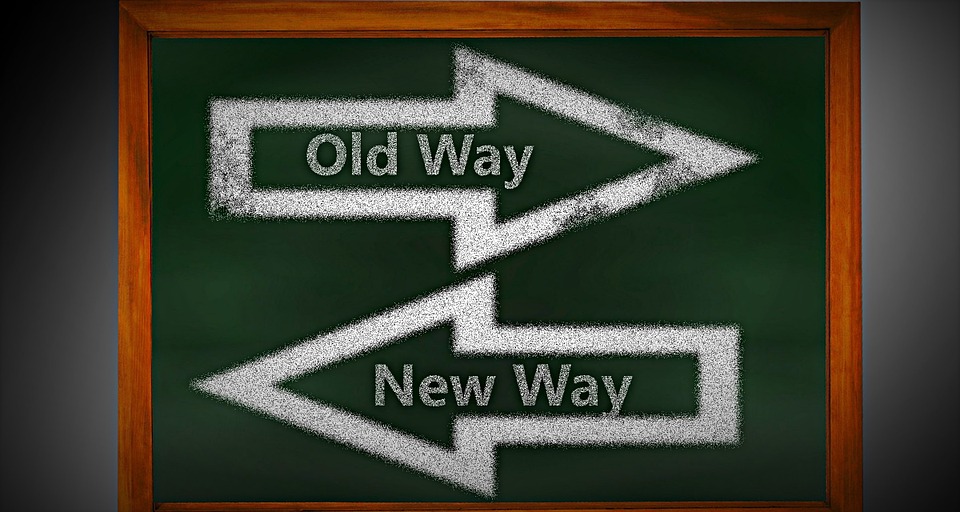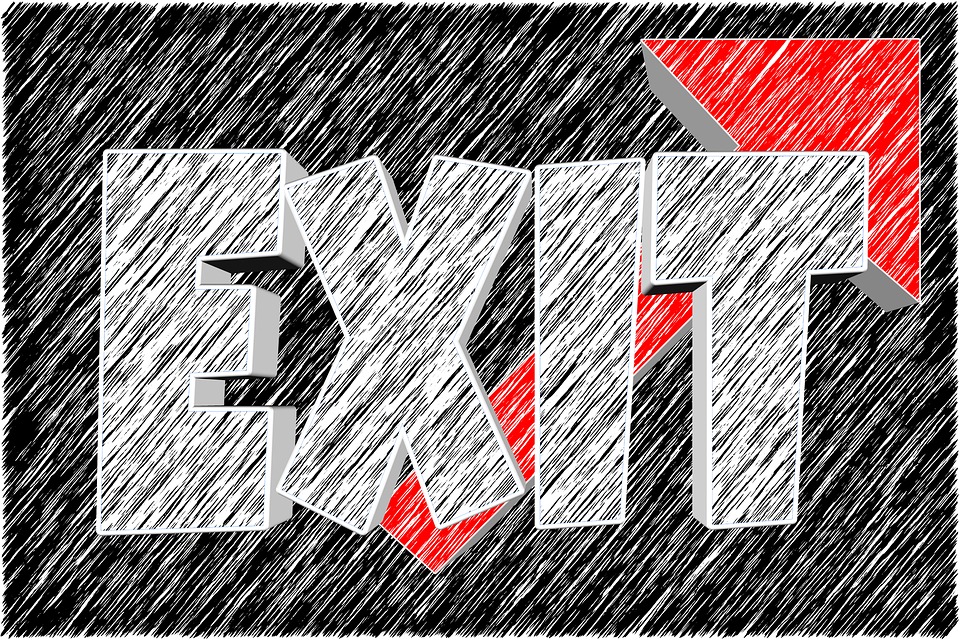I’m happy to announce that Connect to HR is officially launching a new service focused on helping job seekers successfully navigate the process of landing a new, more fulfilling opportunity.
Although we are definitely in a job seekers market, there is still a lot of competition and the basics of an effective job search still apply – clarity of vision, planning, effective personal marketing tools, preparation, practice, etc.
Too often job seekers are in a rush to post their resume and don’t take the time to think through what it is they want to do next. As a result, they may end up with the same job in a different place and be no more fulfilled than they were before.
This is where a career coach can provide insight and guidance. It’s important to note that career coaching is more than just helping you find a new job. It’s about helping you find the right job, employer, work environment, and potential for you. It’s also about helping you develop job search skills and knowledge that you can continue to use as you navigate your career path.
My career has given me experience working on both sides of the talent equation. I’ve worked in recruiting for large organizations and have consulted with business leaders about effective hiring strategies and processes. I’ve also worked with individuals at all career levels to help them create a results-oriented job search plan and powerful personal marketing tools.
I’m now putting this experience to work in career coaching for people on the move. This is in addition to my HR Advisory Service and Executive Coaching.
Connect to HR has 3 Career Coaching packages to choose from based on your needs.
Our Resume and LinkedIn Starter Package is designed for those who just need help ensuring that they have powerful personal marketing tools. With this package I’ll work with you to co-create a targeted resume that captures the attention of recruiters. I’ll also help you develop a LinkedIn Profile to enhance your online presence. Your resume and LinkedIn profile are often the “first impression” you give to a potential employer, and you want that impression to be a good one!
Our Career Clarity Package is designed for those who are ready for a change and need help getting started. It includes a career strategy session on positioning and marketing in today’s job marketplace and will help you gain clarity on ideal jobs, career direction, desired company, and work environment. It also includes the components of the Starter Package, i.e., a targeted resume and LinkedIn Profile.
Our third package – Landing Your Dream Job – is our most comprehensive package and I’ll talk about that next time.
Are you planning to look for a new opportunity in 2022?
Contact me today and schedule a meeting to learn how my services can help you. https://calendly.com/michellemendoza-connecttohr. You can also reach me directly at michelle@connecttohr.com.




